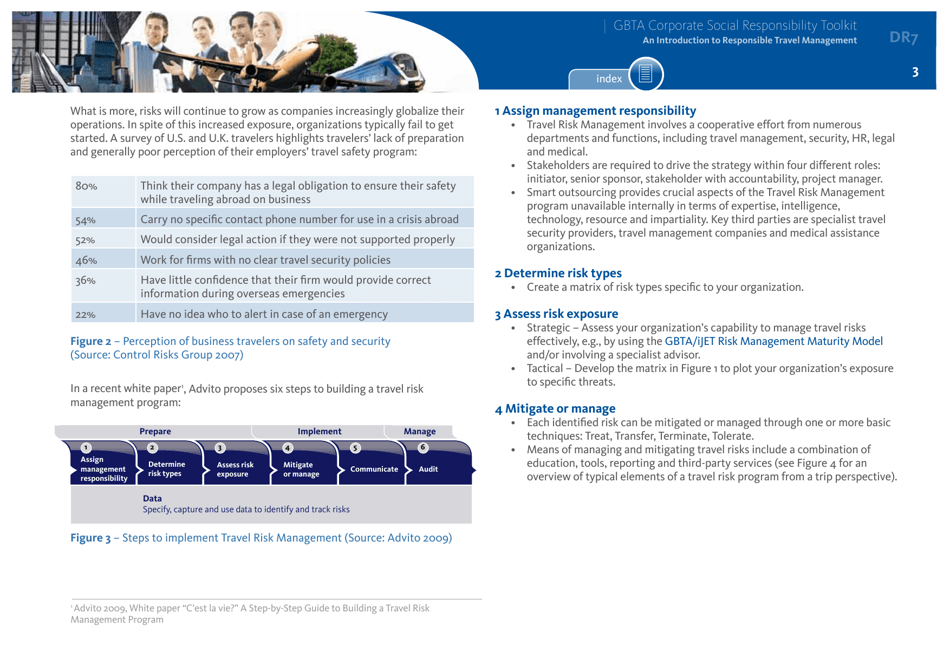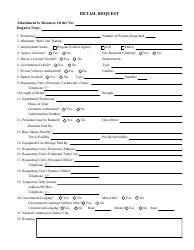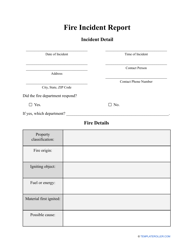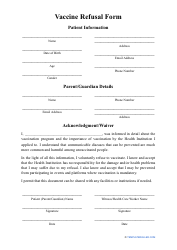Detailed Reference 7: Guide to Travel Risk Management and Duty of Care - Global Business Travel Association
Detailed Reference 7: Guide to Travel Risk Management and Duty of Care by the Global Business Travel Association provides guidance on managing travel risks and ensuring the safety and well-being of business travelers.
The Detailed Reference 7: Guide to Travel Risk Management and Duty of Care - Global Business Travel Association is typically filed by the Global Business Travel Association.
FAQ
Q: What is the purpose of the guide?
A: The guide provides information on travel risk management and duty of care for business travelers.
Q: Who publishes the guide?
A: The guide is published by the Global Business Travel Association (GBTA).
Q: What is travel risk management?
A: Travel risk management involves identifying and mitigating potential risks to business travelers.
Q: What is duty of care?
A: Duty of care refers to the legal and ethical responsibility of employers to ensure the safety and well-being of their employees while traveling for business purposes.
Q: Why is travel risk management important?
A: Travel risk management is important to protect the safety and security of business travelers and minimize potential financial and legal risks for employers.
Q: What are some common travel risks?
A: Common travel risks include medical emergencies, natural disasters, terrorism, political unrest, and transportation accidents.
Q: What are some strategies for implementing travel risk management?
A: Strategies for implementing travel risk management include developing a comprehensive travel policy, providing pre-travel education and training, offering traveler assistance services, and establishing a crisis management plan.
Q: How can employers ensure duty of care for their employees?
A: Employers can ensure duty of care by conducting risk assessments, providing appropriate travel insurance, maintaining communication with travelers, and offering support during emergencies.
Q: What are some best practices for travel risk management?
A: Some best practices for travel risk management include maintaining up-to-date traveler information, utilizing technology for tracking and communication, partnering with trusted travel management companies, and regularly reviewing and updating travel policies and procedures.












